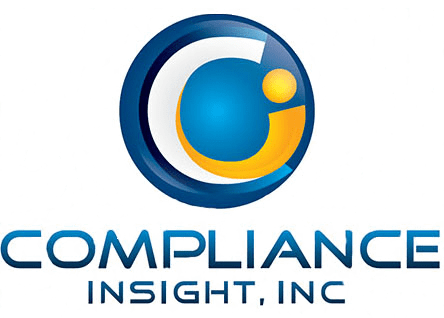From Two Systems to One
Medical device manufacturing is global. For years, companies juggled ISO 13485 for Europe and Canada and QSR for the U.S.—duplicating efforts to satisfy slightly different rules.
The FDA finally listened. By adopting ISO 13485 as the foundation for QMSR, the agency is harmonizing U.S. requirements with global expectations and reducing unnecessary redundancy.
Strategic Motives Behind the Move
- Efficiency for Industry
Manufacturers can now maintain one quality system to meet both domestic and international needs. - Enhanced Regulatory Clarity
A common language simplifies audits and inspections for both FDA and foreign regulators. - Risk-Based Oversight
ISO 13485 embeds risk management into every process — a priority for modern FDA expectations. - Stronger Supplier Accountability
Global alignment means supplier requirements are consistent across markets.
What This Means for Manufacturers
For companies already ISO 13485 certified, you’re ahead of the curve — but not done.
You’ll need to update certain terminology and documentation to match FDA language (e.g., device definitions, UDI references, reporting requirements).
For non-ISO companies, this is the perfect time to build a globally competitive system.
Big Picture: Benefits of Harmonization
- Simplified Supplier Audits
Suppliers can follow a single framework worldwide. - Reduced Audit Fatigue
Shared recognition across regulators means fewer duplicate audits. - Better Benchmarking
Global alignment creates industry-wide best practice comparisons.
How to Use This Transition Strategically
- Align QSR procedures to ISO terminology and structure.
- Train teams to speak both languages — FDA and ISO.
- Update your supplier qualification process to reflect risk classification.
- Integrate ISO risk tools like FMEA and Fault Tree Analysis into your design and CAPA workflows.
Our consultants bridge FDA and ISO systems daily. We’ll help you map one cohesive framework that works globally — without extra paperwork. Contact us today!
